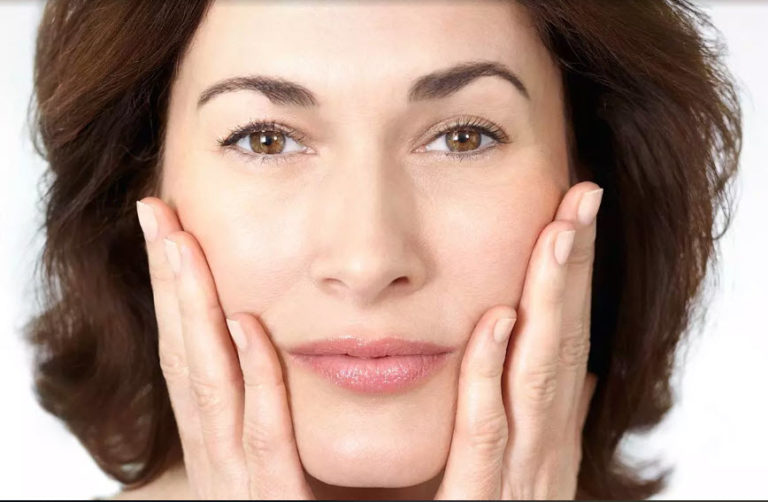Neurodermatitis on the hands: What helps?
Neurodermatitis on the hands: What helps?
Our hands are true anatomical marvels – they are a construct of 27 bones (about a quarter of all bones in the human body), 36 joints and about 17,000 receptors that allow us to feel even the smallest things. However, this also means that we expose our hands more than any other part of the body to external influences: We touch a thousand different things every day, wash them frequently and leave them mostly unprotected outside. This means real hard work for the natural skin protection barrier – especially for all people suffering from neurodermatitis.
Why atopic skin on the hands needs special care
Atopic skin lacks natural moisturizing factors (NMF) such as amino acids, thus disturbing the natural protective barrier of the skin. This impaired barrier allows the skin to dry out, thus facilitating the penetration of harmful substances and microorganisms. Especially on the hands, where the skin comes into contact with a wide variety of materials and liquids every day, harmful substances can penetrate relatively easily. The skin reacts with inflammation and the activation of immune cells, which is usually accompanied by redness, roughness, scaling and severe itching.

The skin symptoms of neurodermatitis on the hands can simultaneously become their triggers: Because the skin on the hands is very dry and itchy, those affected scratch. This scratching further attacks the weakened skin barrier and makes it even more susceptible to infection. Penetrating bacteria and other foreign substances (e.g. from food) cause a renewed irritation which in turn triggers renewed itching – the cycle of atopic skin is closed.
Basically, there is only one way to break this cycle: The hands should be given soothing care that relieves the itching to such an extent that scratching is no longer necessary. At the same time the skin barrier should be strengthened and the irritations of the skin should be soothed.
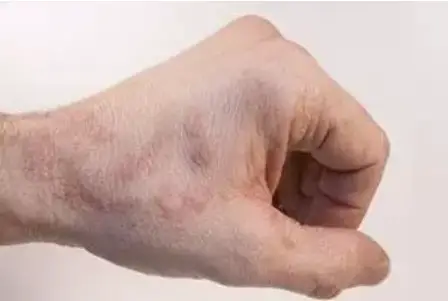
Care recommendation
The right care for neurodermatitis on the hands
To break the itch-scratch cycle on the hands, the hands should be regularly treated with a suitable hand cream – for example with Eucerin AtopiControl HAND INTENSIVE CREAM. In phases without relapses, the cream strengthens the skin barrier and prevents flare-ups. In acute phases it regenerates the skin barrier, soothes redness and relieves itching.
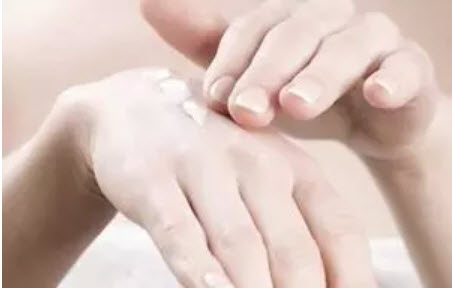
Three steps to smooth skin
Drying
Dry your hands carefully after washing and do not forget the spaces between your fingers. Drying is better than rubbing.
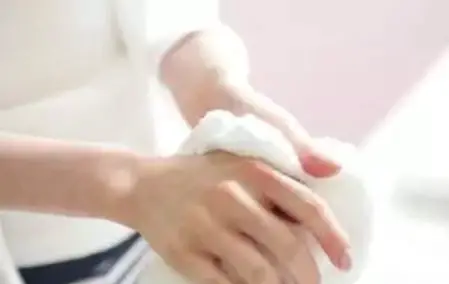
Creaming
In case of atopic skin it is indispensable to apply cream to the hands regularly after washing. For this purpose use the AtopiControl HAND INTENSIVE CREAM from Eucerin for reddened, inflamed skin. If you frequently come into contact with dirt, lubricants or chemicals, use protective gloves if possible.
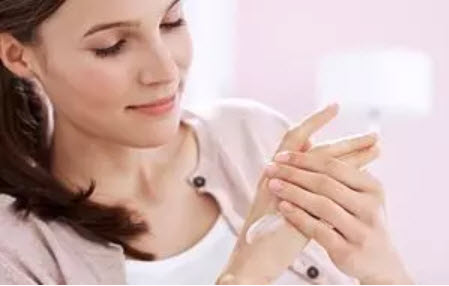
In addition, soothing hand baths can make the hands supple and smooth. However, only use products that are also suitable for this purpose – for example the AtopiControl shower and bath oil. In the evening, you can first apply a good amount of cream to your hands and then put on cotton gloves – this way, the care substances can have a long and intensive effect. Another tip: place your hand cream right next to the washbasin – this way you won’t forget to apply the cream. And apply cream to your hands immediately after washing them. Moist skin absorbs active agents particularly well. And you always have a small tube handy when you are on the road.
Here you can find out more about the signs and care for neurodermatitis on the body.
Avoid trigger factors
What else can you observe with neurodermatitis on the hands?
In addition to regular moisturising care, it will also help to reduce or, at best, completely avoid the so-called trigger factors, i.e. the factors that promote neurodermatitis:
- Temperature fluctuations stress the skin. Gloves protect the hands from the cold in winter and prevent them from drying out further.
- Too frequent hand washing, especially with too hot water, attacks the natural skin barrier. Better use lukewarm water and a mild soap.
- Avoid mechanical irritation, e.g. in manual professions, if possible by wearing suitable protective gloves (Over 50% of hand eczema is classified as occupational)
- Chemical substances such as detergents or washing powder also attack the skin on the hands. Use suitable protective gloves if possible.
In principle, stress and psychological strain are also considered trigger factors. Try to find a balance, e.g. with sports, meditation or appropriate breaks. Pollen allergy is also associated with neurodermatitis. Here you will find nine practical tips for the hay fever season. Our tip: In general, pay attention to a healthy lifestyle with a balanced diet, avoiding nicotine and alcohol.
Here you can find out what else helps against brittle and cracked hands.







